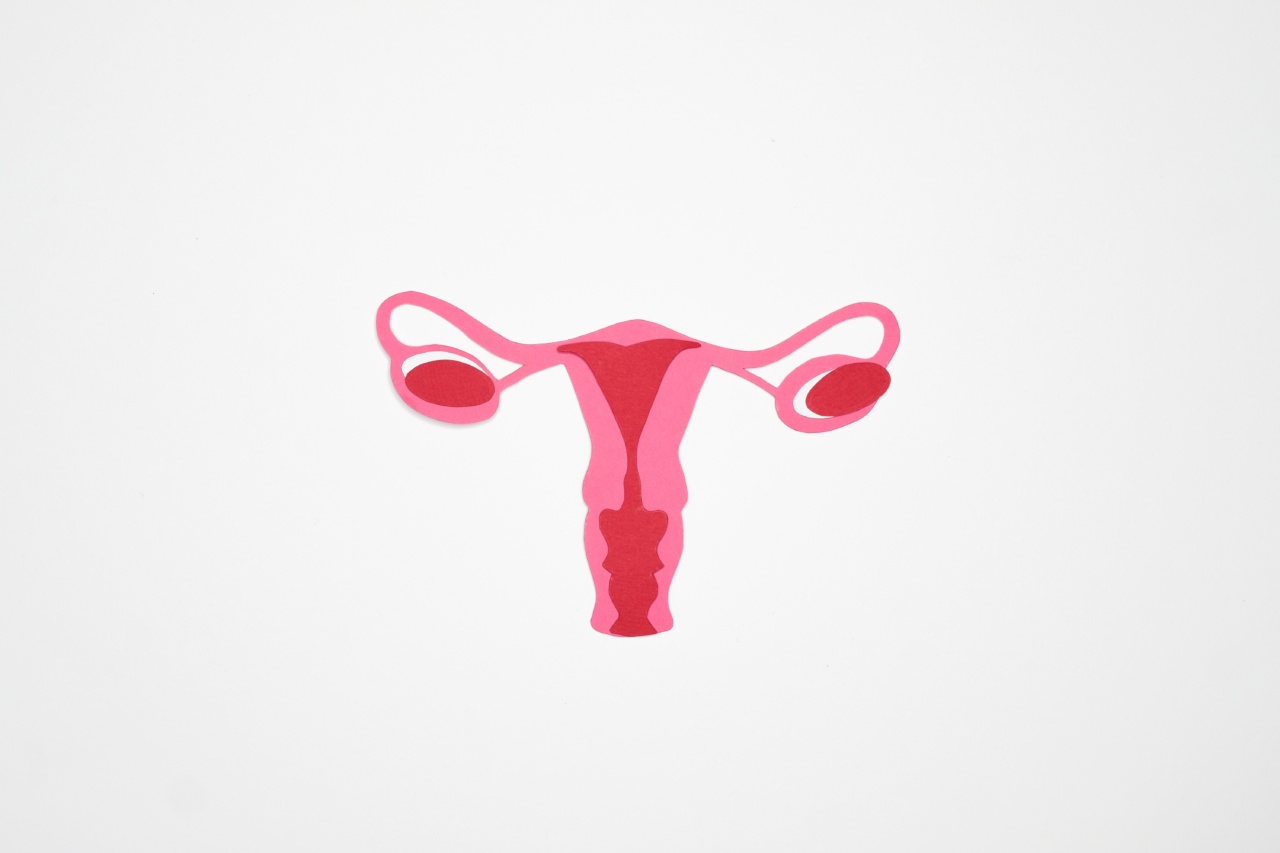In vitro fertilization (IVF) is a well-known assisted reproductive technology that helps infertile couples conceive a child. IVF involves various stages, including stimulation of the ovaries to produce multiple eggs.
However, in some cases, ovarian over-stimulation may occur, leading to certain outcomes that need to be carefully considered. This article explores the outcomes of IVF with ovarian over-stimulation and their implications.
Understanding Ovarian Over-stimulation
Ovarian over-stimulation, also known as ovarian hyperstimulation syndrome (OHSS), is a condition wherein the ovaries respond excessively to the fertility medications used in IVF treatments.
These medications aim to stimulate the ovaries to produce multiple eggs, increasing the chances of successful fertilization and pregnancy.
OHSS is more likely to occur in women who are at a higher risk due to factors such as young age, polycystic ovary syndrome (PCOS), a previous history of OHSS, or a large number of follicles in the ovaries.
Common Outcomes of IVF with Ovarian Over-stimulation
1. Mild to Moderate OHSS: In many cases, ovarian over-stimulation leads to mild to moderate OHSS. Symptoms may include abdominal bloating, nausea, vomiting, and mild discomfort.
These symptoms usually subside within a week without any specific treatment.
2. Severe OHSS: In rare cases, ovarian over-stimulation can lead to severe OHSS, which can be life-threatening. Symptoms may include severe abdominal pain, rapid weight gain, difficulty breathing, and decreased urination.
Severe OHSS requires immediate medical attention and may involve hospitalization.
3. Higher Risk of Multiple Pregnancy: Ovarian over-stimulation increases the chances of multiple pregnancies, such as twins or triplets.
While having multiple babies can be a joy for some couples, it also carries higher risks for both the mother and the babies.
4. Increased Financial Costs: Ovarian over-stimulation may lead to additional medical expenses due to the need for more frequent monitoring, additional medications, or even hospitalization in severe cases.
These increased costs can have a financial impact on couples undergoing IVF treatment.
5. Emotional Impact: Dealing with the outcomes of ovarian over-stimulation can take an emotional toll on couples.
The uncertainty, potential complications, and added financial burden can lead to increased stress, anxiety, and even depression.
Managing and Preventing Ovarian Over-stimulation
1. Careful Monitoring: Regular monitoring of hormone levels and ultrasound scans during the IVF process can help identify early signs of ovarian over-stimulation.
This allows healthcare professionals to adjust medication dosages or even cancel the cycle if necessary.
2. Freeze All Embryos: By freezing all the embryos obtained during IVF, the risk of OHSS can be significantly reduced.
This approach allows for the transfer of embryos in a separate cycle when the woman’s hormones have returned to normal levels, reducing the chance of ovarian over-stimulation.
3. Individualized Medication Protocols: Tailoring the medication protocols for each patient based on their specific needs and risk factors can help prevent ovarian over-stimulation.
Customized protocols can help minimize the chances of OHSS while still optimizing the chances of successful fertilization and pregnancy.
4. Elective Single Embryo Transfer (eSET): Choosing to transfer only a single embryo during IVF can significantly lower the risk of multiple pregnancies.
eSET reduces the chances of ovarian over-stimulation and lowers the risks associated with multiple pregnancies.
Conclusion
While IVF has revolutionized infertility treatment, ovarian over-stimulation remains a potential complication that needs to be managed effectively.
Understanding the outcomes of IVF with ovarian over-stimulation and taking preventive measures can significantly improve the overall success and safety of the treatment. It is important for couples undergoing IVF to discuss the risks and potential outcomes of ovarian over-stimulation with their healthcare providers to make informed decisions.





























